Sukkot at the Ranch: Sukkah Designs
Sukkah “Earth”
Daron Joffee of Farmer D Organics and Kurt Buxton of Valley Crest Design Group

The Chaya Adamah, Living Earth Sukkah is a living temporary sukkah structure that celebrates the Leichtag Foundation and Ecke Ranch’s vision for connecting community, tradition, innovation, sustainability, the arts, education and social outreach.
The gabion rock base reminds us of the solid ground that is the earth beneath our feet and reflects the Foundation’s connection to the Holy Land and it’s bold decision to set down roots on this incredible property.
The edible walls were grown on site by Go Green Agriculture and symbolize the vibrant living energy and agricultural legacy of the ranch. The eighteen channels that make up the edible walls of the sukkah symbolize life and the vibrant energy that is being cultivated on the property. The food growing on the walls will be donated to a local food bank as a reflection of the Foundation’s commitment to helping those in need.
The water circulation system provides some cooling effect for the structure and supports the living plants that make up the walls and symbolizes the innovative ideas that are being developed on the Ranch.
Designers and growers, Farmer D and Kurt Buxton will be providing visitors with free organic garden advice along with an art and planting activity to reinforce the Ranch’s goal of raising awareness and sharing knowledge with all who visit the property.
Decorating the sukkah reflects the Ranch’s goal of bringing together community around art while connecting us deeper to the earth, Jewish traditions and each other.
Sukkah “Water”
Students from the New School of Architecture and Design
Gwynn Beasley, Nour Kassam,Trang Nguyen,Thomas Quaas Jessica Vences
Under the advisement of Chuck Crawford

This design mixes both traditional and contemporary models, while embracing the school’s commitment to sustainability. The Sukkah is a celebration of the harvest, of the community and of life. We intend to capture this spirit using water, corn stalks and Senecio Rowleyanus. This last, the “String of Pearls,” a water succulent, will form a “water wall” while the corn stalks represent the temporary nature of life. Recycled wooden pallets form both the basic enclosure and the vessels to contain these principle elements. The pallets themselves have verses on one side, while paint and brushes will be available throughout the week for visitors to decorate the other side with religious verses.
Sukkah “Light”
Led by David Kramer of Oakhurst Builders and Pablo Collin of Austin Veum Robbins Partners

Light is the source of all life; the sun feeds all that lives on earth, and the Jewish people and their traditions have embraced such life. The Sukkah and the light therein symbolizes such longevity, with the souls that will inhabit the Sukkah, and its living matter or schach. Our Sukkah embraces the its inhabitants, and invites community within. The roof line especially is emblematic of the ebbs and flows of the Jewish people. But Light is also synonymous with consciousness. The endeavours of the project of which this Sukkah is a part, has embraced this awareness, and reaches to the community around. Come and gather in our Sukkah which invites such consciousness, both to the natural light of the sun, the evening light of the moon, and the future that we welcome, to the lights that will be found within.

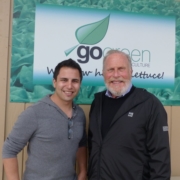


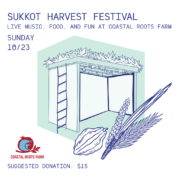

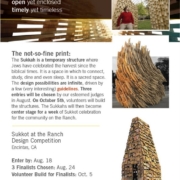
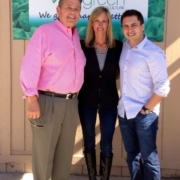


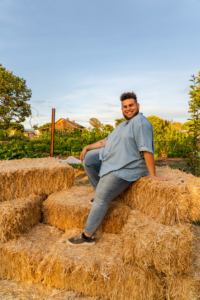 Black, Jewish and Queer. These three identities weave the fabric of who I am, but it took a long time to believe that they could exist together.
Black, Jewish and Queer. These three identities weave the fabric of who I am, but it took a long time to believe that they could exist together.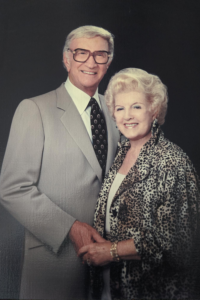 Lee and Toni Leichtag established the Leichtag Foundation in 1991 following the sale of their business. Lee and Toni were lifelong entrepreneurs with a passion for innovation and for supporting talent. They believed that only with big risk comes big reward. Both born to families in poverty, Toni to a single mother, they strongly believed in helping those most in need and most vulnerable in our community. While they supported many causes, their strongest support was for young children and the elderly, two demographics who particularly lack voice in our society.
Lee and Toni Leichtag established the Leichtag Foundation in 1991 following the sale of their business. Lee and Toni were lifelong entrepreneurs with a passion for innovation and for supporting talent. They believed that only with big risk comes big reward. Both born to families in poverty, Toni to a single mother, they strongly believed in helping those most in need and most vulnerable in our community. While they supported many causes, their strongest support was for young children and the elderly, two demographics who particularly lack voice in our society.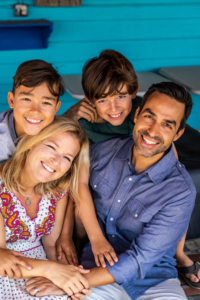 Lifelong Baltimoreans, Rabbi George and Alison Wielechowski and their sons, 11-year-old Lennon and 9-year-old Gideon, are more than pursuing the good life in Southern California. Having moved to San Diego more than three years ago, they are fulfilling a lifelong dream.
Lifelong Baltimoreans, Rabbi George and Alison Wielechowski and their sons, 11-year-old Lennon and 9-year-old Gideon, are more than pursuing the good life in Southern California. Having moved to San Diego more than three years ago, they are fulfilling a lifelong dream.
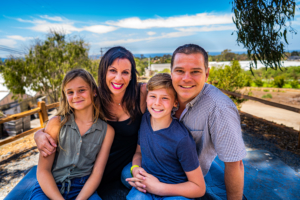
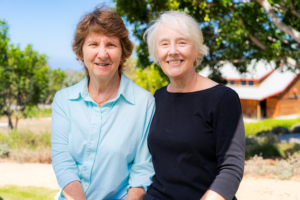
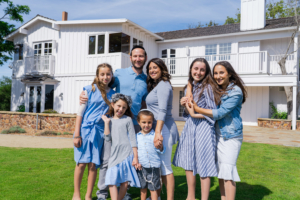

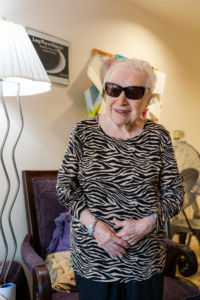
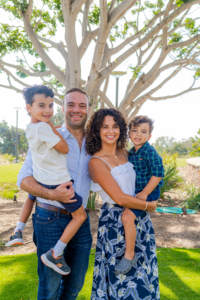
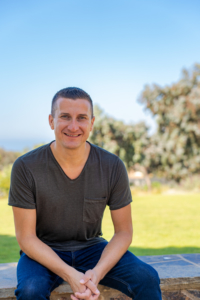 You would think that as the executive director of San Diego LGBT Pride, Fernando Zweifach López Jr., who uses the pronoun they, has done all the coming out they possibly can. A queer, non-binary individual who has worked for many years on civil rights issues, López also speaks openly and often about their father’s family, Mexican-American migrant workers who tilled the fields of rural California.
You would think that as the executive director of San Diego LGBT Pride, Fernando Zweifach López Jr., who uses the pronoun they, has done all the coming out they possibly can. A queer, non-binary individual who has worked for many years on civil rights issues, López also speaks openly and often about their father’s family, Mexican-American migrant workers who tilled the fields of rural California.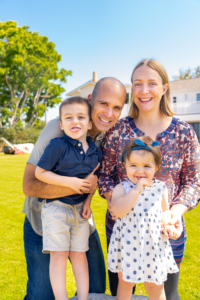 Stacie and Jeff Cook understand commitment. They live it.
Stacie and Jeff Cook understand commitment. They live it.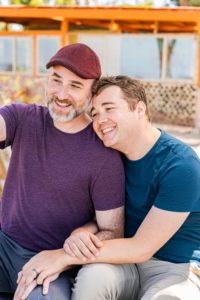
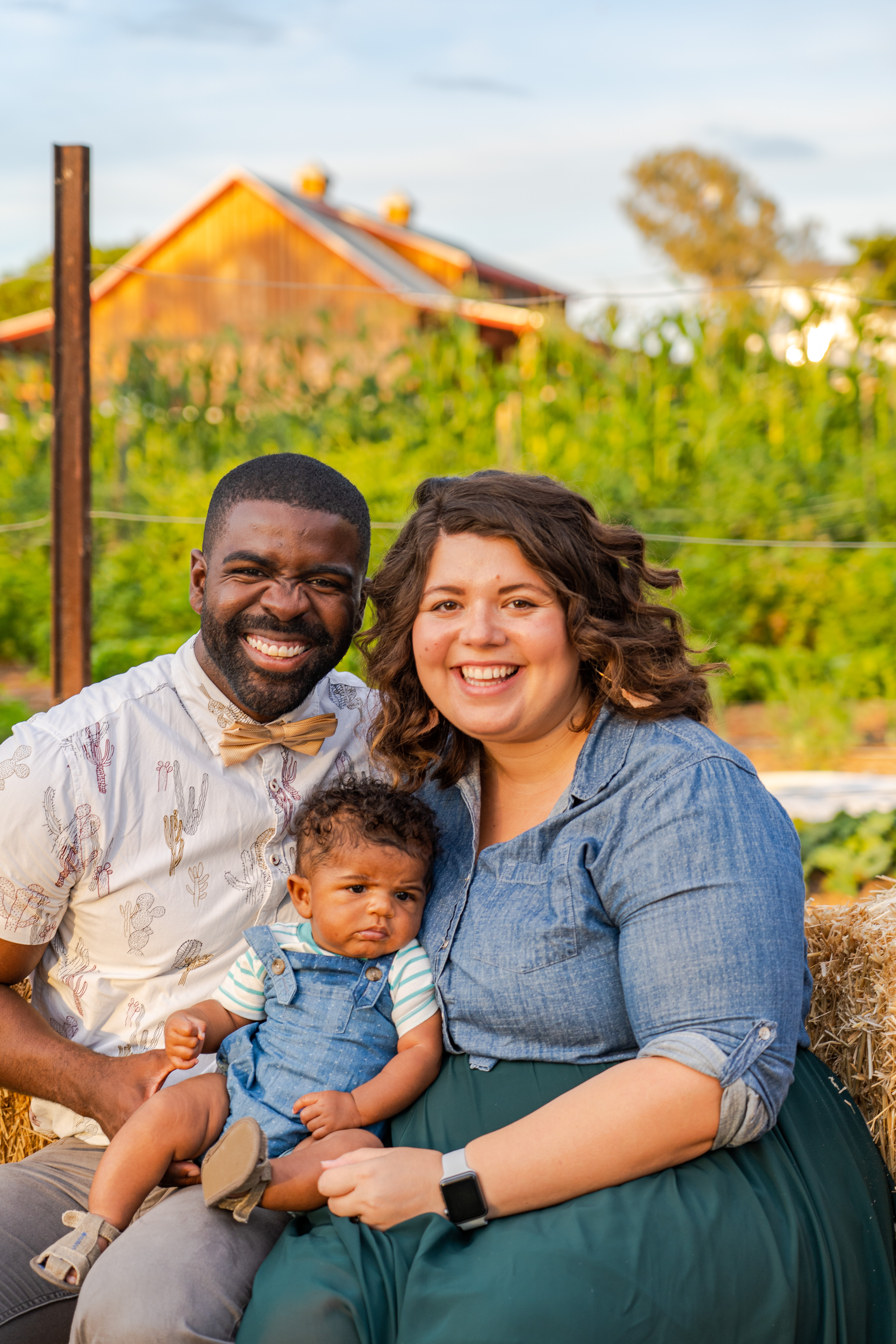
Leave a Reply
Want to join the discussion?Feel free to contribute!